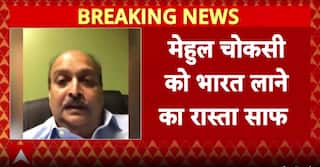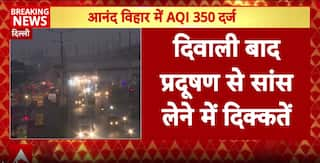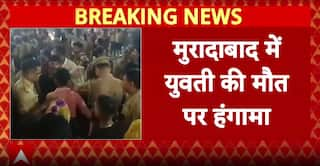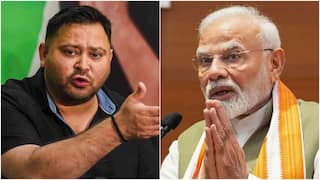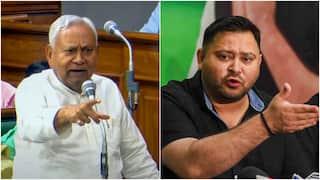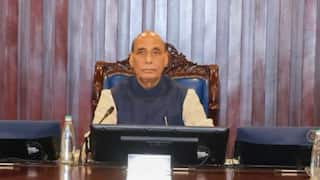3 CMs, 3 Floor Tests, 'Operation Lotus': What Transpired In Karnataka In 5 Years As BJP Wrested Power
The Election Commission announced that the assembly elections in Karnataka will be held on May 10 and the votes will be counted on May 13.

After five years, Karnataka is likely to witness an end to the political crisis with the assembly election as the tenure of the government is set to end before May. With the elections, the state will once again witness the formation of a people-elected government.
The Election Commission announced that the assembly elections in Karnataka will be held on May 10 and the votes will be counted on May 13.
Three Chief Ministers, three government changes, three-floor tests, alleged poaching, Operation Lotus–the politicians and public of Karnataka have seen it all in the last five years. In 2018, an election was held with a high voter turnout and without any untoward incidents but things soon turned topsy-turvy.
There was no end to the political turmoil and controversies in the state.
Karnataka legislative assembly election was held in 222 constituencies on May 12, 2012. The elections to two constituencies–Jayanagar and Rajarajeshwari Nagar–were postponed due to the death of MLA BN Vijayakumar and the voter fraud scandal respectively.
In the election with the highest voter turnout since the 1952 Assembly elections, the polls saw the highest voter turnout of 72.13 per cent. However, the poll results hinted at a hung assembly.
The BJP emerged as the single-largest party with 104 seats. The Congress received 80 seats while JD(S) received 37 seats. Despite not having a single largest majority after the Congress-JD(S) coalition, BJP formed the government under the leadership of Yeddiyurappa.
The Governor then gave 15-days of time to prove the majority in the Assembly. However, the Supreme Court limited the time to 3 days. Following this, Yediyurappa resigned 10 minutes before the start of the trust vote.
Putting an end to the political turmoil, INC-JD(S) alliance formed the government. JD(S) leader HD Kumaraswamy was sworn-in as the Chief Minister.
Operation Lotus: Events That Lead To Fall Of Congress-JD(S) Govt
The political crisis started on July 1 after two INC legislators Ramesh Jarkiholi and Anand Singh submitted their resignations. The Congress and JD(S) accused the BJP of poaching the MLAs.
Some of the legislators also flew to Mumbai and requested the police to not allow Congress leaders to meet them. The leaders tried to convince the legislators by providing them with cabinet posts but 21 INC Ministers submitted their resignations on July 8. With this, the strength of JD(S) coalition was reduced to 101 seats while BJP had 105 seats.
The BJP then demanded a trust vote. In the trust vote, Kumarasamy-led government lost the vote and it led to the fall of Congress-JD(S) coalition government.
With 105 seats, BS Yediyurappa became the Chief Minister of Karnataka on July 26, 2019. He also proved the majority in the floor test since the strength of the Assembly came down after the resignation of MLAs.
Yediyurappa served as the Chief Minister for two years but later resigned to pave way for his successor.
Yediyurappa Makes Way For Bommai
Yediyurappa-led government neared the end of the second year when Yediyurappa met PM Modi. During the meet, PM reportedly told the then Karnataka CM to resign and make way for his successor.
On July 26, 2021, the second anniversary of his term, BS Yediyurappa resigned as Chief Minister.
Just after one day, Basavaraj Bommai who was selected by Dharmendra Pradhan and G Kishan Reddy, was elected to the post with the support of the national high command.
Bommai became the fourth Chief Minister of the BJP in the state.
ALSO READ: Congress To Launch 'Jai Bharat Satyagraha' From Today Over Rahul Gandhi Row, Adani Issue
Top Headlines













